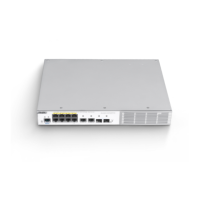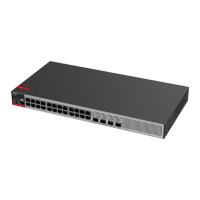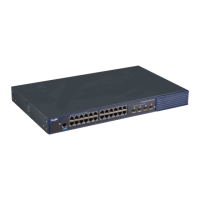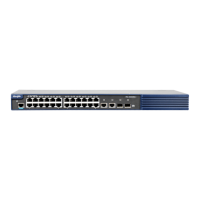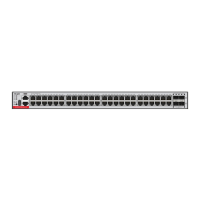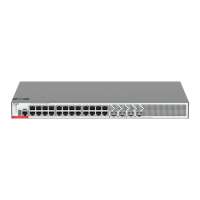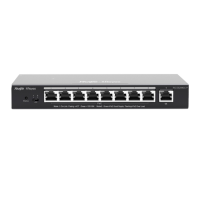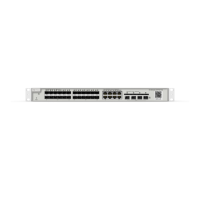Configuration Guide MSTP Configuration
MSTP Configuration
MSTP Overview
STP and RSTP
STP and RSTP Overview
Ruijie series supports both the STP protocol and the RSTP protocol, as well as
complying with the IEEE 802.1D and IEEE 802.1w standards.
The STP protocol can prevent broadcast storm caused by link loops and
provide link redundancy and backup.
For the layer 2 Ethernet, there is only one active channel between two LANs to
avoid broadcast storm. However, it is necessary to set up redundant links to
improve the reliability of a LAN. Furthermore, some channels should be in the
backup status in order to take up its work when a link fails. It is obviously hard to
control this process by manual. The STP protocol can complete this work
automatically. It enables a device in a LAN to:
Discover and activate an optimal tree-type topology of the LAN.
Detect and fix failures and automatically update the network topology to
offer the possible optimal tree-type structure at any time.
The LAN topology is automatically calculated by a set of bridge parameters set
by the administrator. The proper configuration of these parameters is helpful to
offer an optimal solution.
The RSTP protocol is completely compatible with the 802.1D STP protocol
downward. As with traditional protocol, the RSTP protocol can prevent loop and
offer link redundency. The most critical feature of the RSTP protocol is
quickness. If the bridges in a LAN support the RSTP protocol and are
configured appropriately by administrators, it will take no more than 1 second to
re-span the topology tree once the network topology changes (it takes about 50
seconds for traditional STP protocol to re-span the topology tree).
Bridge Protocol Data Units (BPDU):
A stable tree-type topology depends on the following elements :
The unique bridge ID of each bridge consists of the bridge priority and the
MAC address.
The root path cost refers to the cost from a bridge to the root bridge.
Each port ID consists of the port priority and port number.
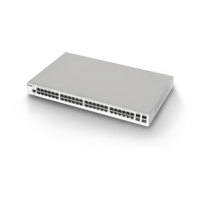
